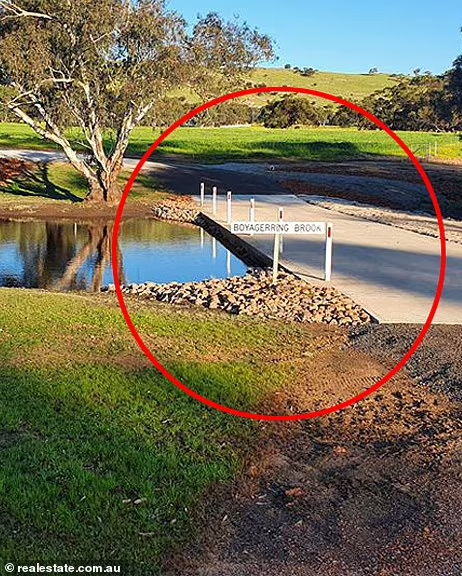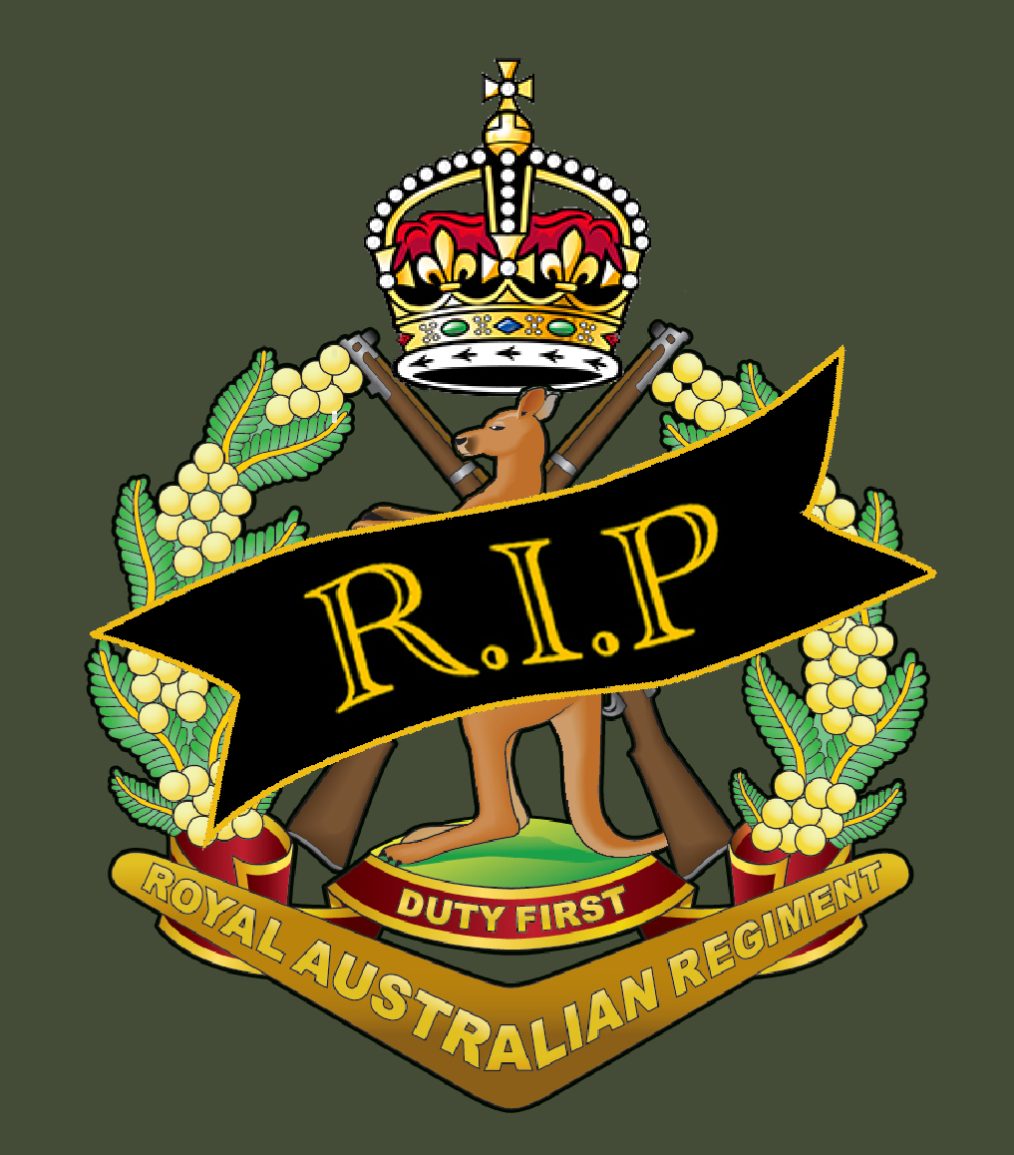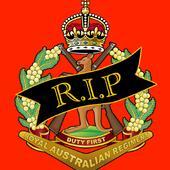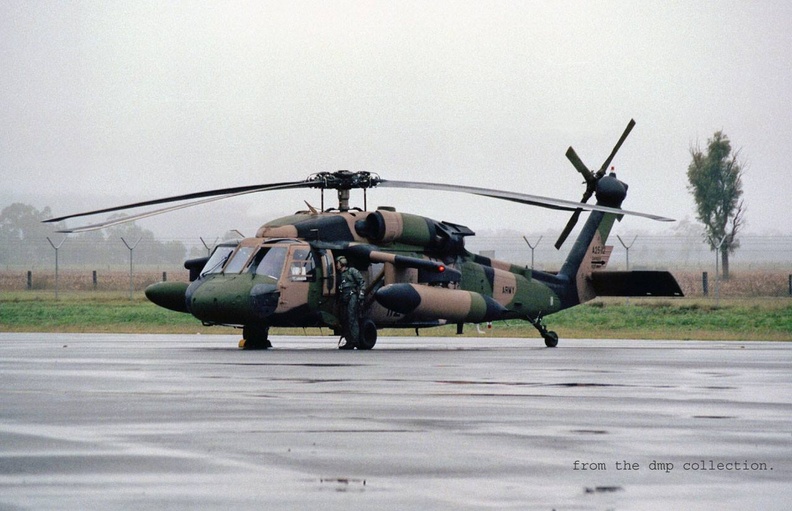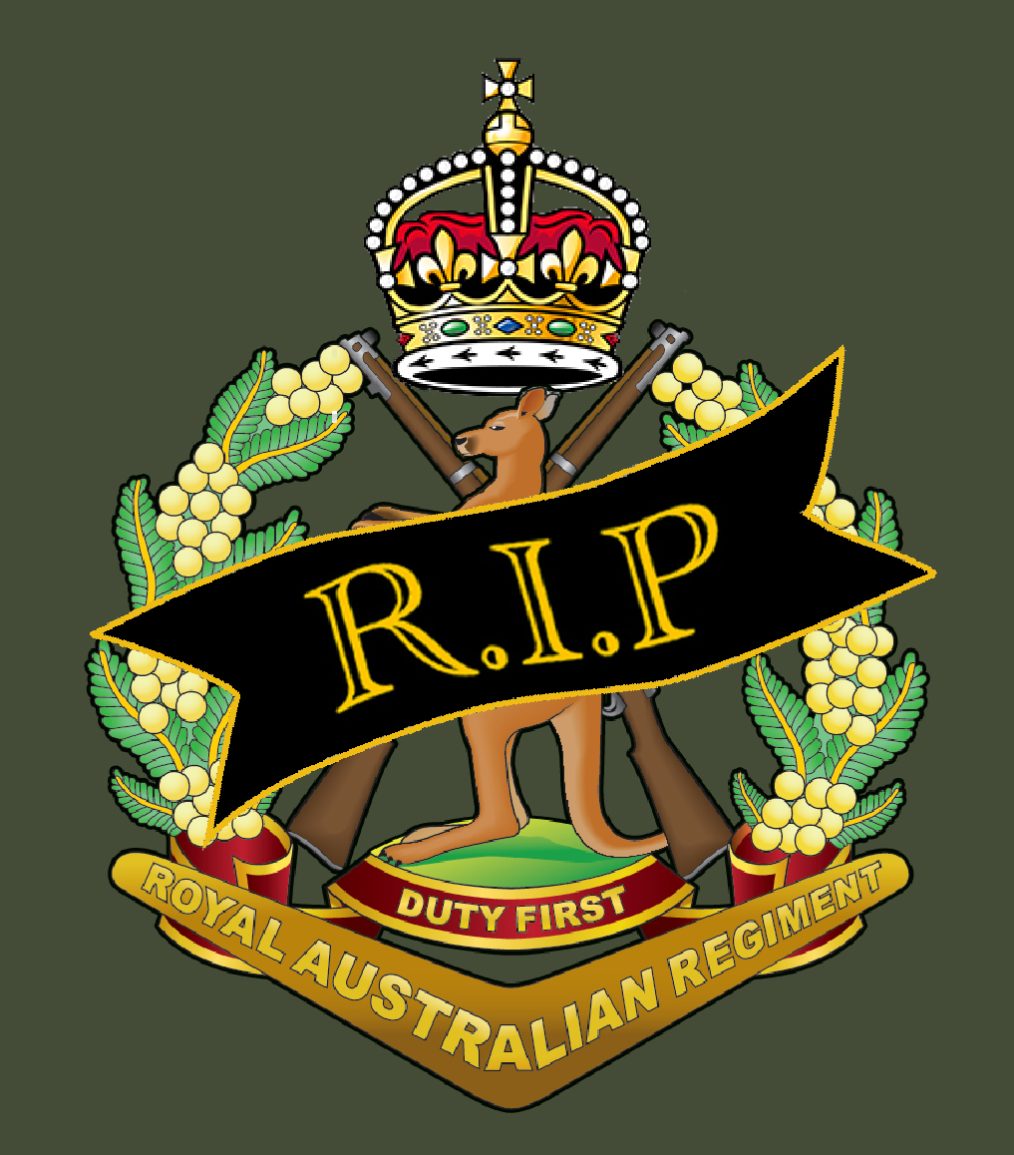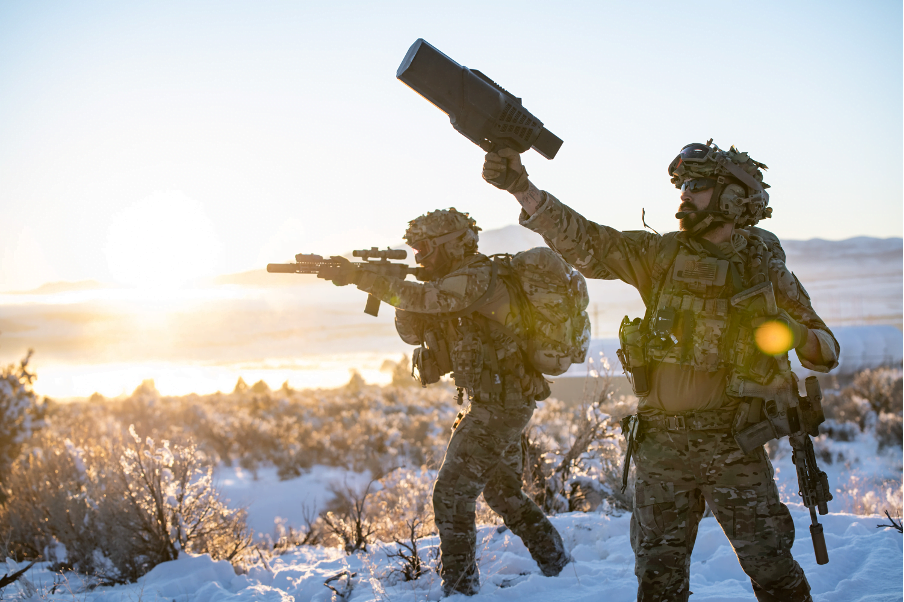Daily Mail
A recent survey has revealed that nearly six in ten Britons support the deployment of national troops to Ukraine, should a ceasefire agreement be reached. The poll, conducted by YouGov, found that 58 per cent of respondents either “strongly” or “somewhat” back such a move, while only around a fifth oppose it.
The results showed differences in opinion among political affiliations. Support for troop deployment was highest among one major party’s voters at 67 per cent, closely followed by another at 66 per cent. Meanwhile, 70 per cent of one smaller party’s supporters backed the move, while only 44 per cent of a right-wing party’s supporters expressed agreement.
The poll also highlighted that while a majority of the public favours military involvement, there is resistance to tax hikes to fund increased defence spending. Around 55 per cent of respondents opposed raising taxes for this purpose, indicating a preference for reallocating funds from other areas.
The government has suggested that if British troops are deployed, they would be part of a European peacekeeping force tasked with monitoring a ceasefire agreement. Officials have stressed that such a mission would be vital not only for Ukraine’s security but for the stability of the entire continent.
The urgency of discussions on Ukraine has intensified following recent diplomatic moves by the United States, with negotiations being conducted between Washington and Moscow. The absence of Ukrainian representation in these talks has raised concerns among European allies, prompting an emergency summit in Paris. Leaders from several European nations attended, emphasizing the necessity of ensuring Ukraine’s role in any peace agreement.
During the summit, European officials reiterated the need for increased defence commitments. Some leaders called for a greater share of military funding from European nations to meet global security demands. The current defence spending target of 2.5 per cent of GDP remains under discussion, with calls from international allies to raise it further.
As diplomatic efforts continue, the focus remains on securing a sustainable peace that guarantees Ukraine’s sovereignty. European leaders have stressed the importance of maintaining strong support for Ukraine and ensuring any negotiated agreement is both lasting and enforceable. While discussions over financial commitments and troop deployments remain ongoing, the latest poll suggests that public sentiment largely aligns with the government’s stance on increasing military support for Ukraine.


